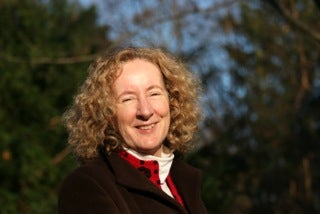K. Birgitta Whaley,
University of California, Berkeley
What role does Quantum Mechanics play in Biology?
The development of quantum mechanics in the early years of the twentieth century transformed both physics and chemistry, providing a new understanding of the microscopic behavior of atoms and molecules. Questions were also soon asked about the implications of quantum mechanics for biology. The first era of quantum biology focused on analysis of structure and stability of biological entities within the framework of quantum and statistical physics. A second era of quantum biology began with the development of lasers in the 1960s, ushering in a new generation of dynamical experiments that could probe the very short time scales relevant to atomic and molecular motions. These experiments have become increasingly sophisticated and led to a renaissance of interest in quantum dynamical effects in biology. Today, advances in quantum sciences and nanotechnology are driving the development of both novel probes of living cells and microscopic studies of biological phenomena that may involve non-trivial quantum effects such as entanglement. I shall describe studies of several biological phenomena showing evidence for dynamical quantum effects and then address the diverse questions that these studies raise for our understanding of the natural world that we inhabit.
Birgitta Whaley is Professor of Chemistry, Director of the Berkeley Quantum Information and Computation Center at the University of California, Berkeley, and Faculty Scientist at the Lawrence Berkeley National Laboratory. After obtaining her undergraduate degree at Oxford University (1978), she had a Kennedy Fellowship at Harvard University before obtaining a PhD in Chemical Physics at the University of Chicago (1984). This was followed by two years postdoctoral work in Israel (Tel Aviv and Hebrew Universities), after which she moved to Berkeley as Assistant Professor (1986). Her research is broadly focused on quantum information and quantum computation, control and simulation of complex quantum systems, and quantum effects in biological systems. Fellow of the American Physical Society and former chair of the Division of Chemical Physics, professional honors include Bergmann and Sloan Foundation fellowships, an Alexander von Humboldt research award and Miller Institute Professor for Basic Research in Science (Berkeley). Service activities include advisory committees for the National Academy of Sciences and the Perimeter Institute for Theoretical Physics.
